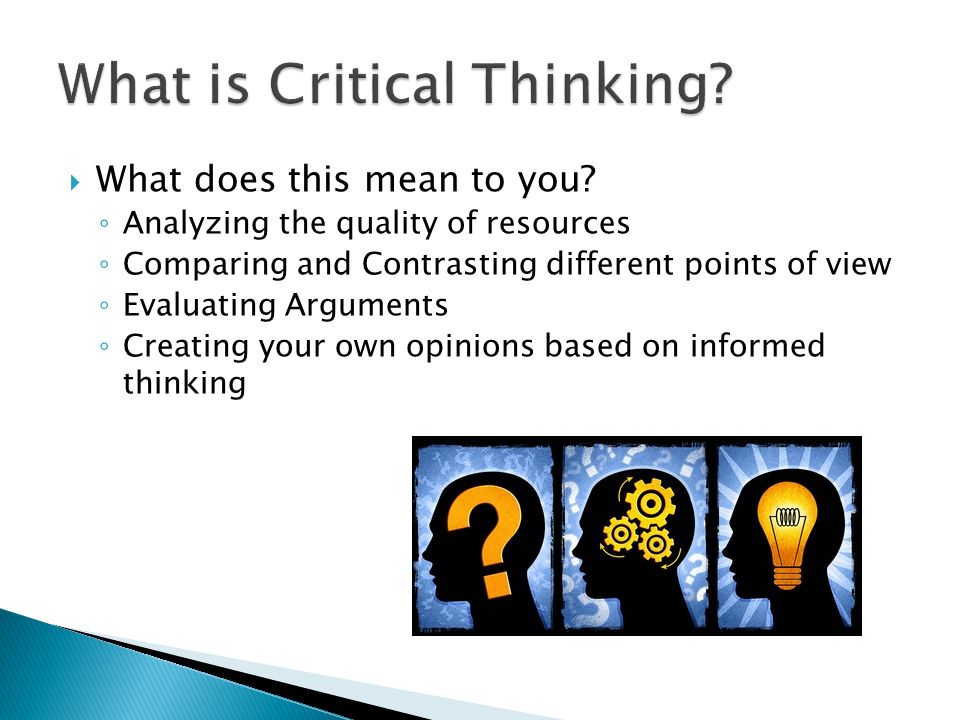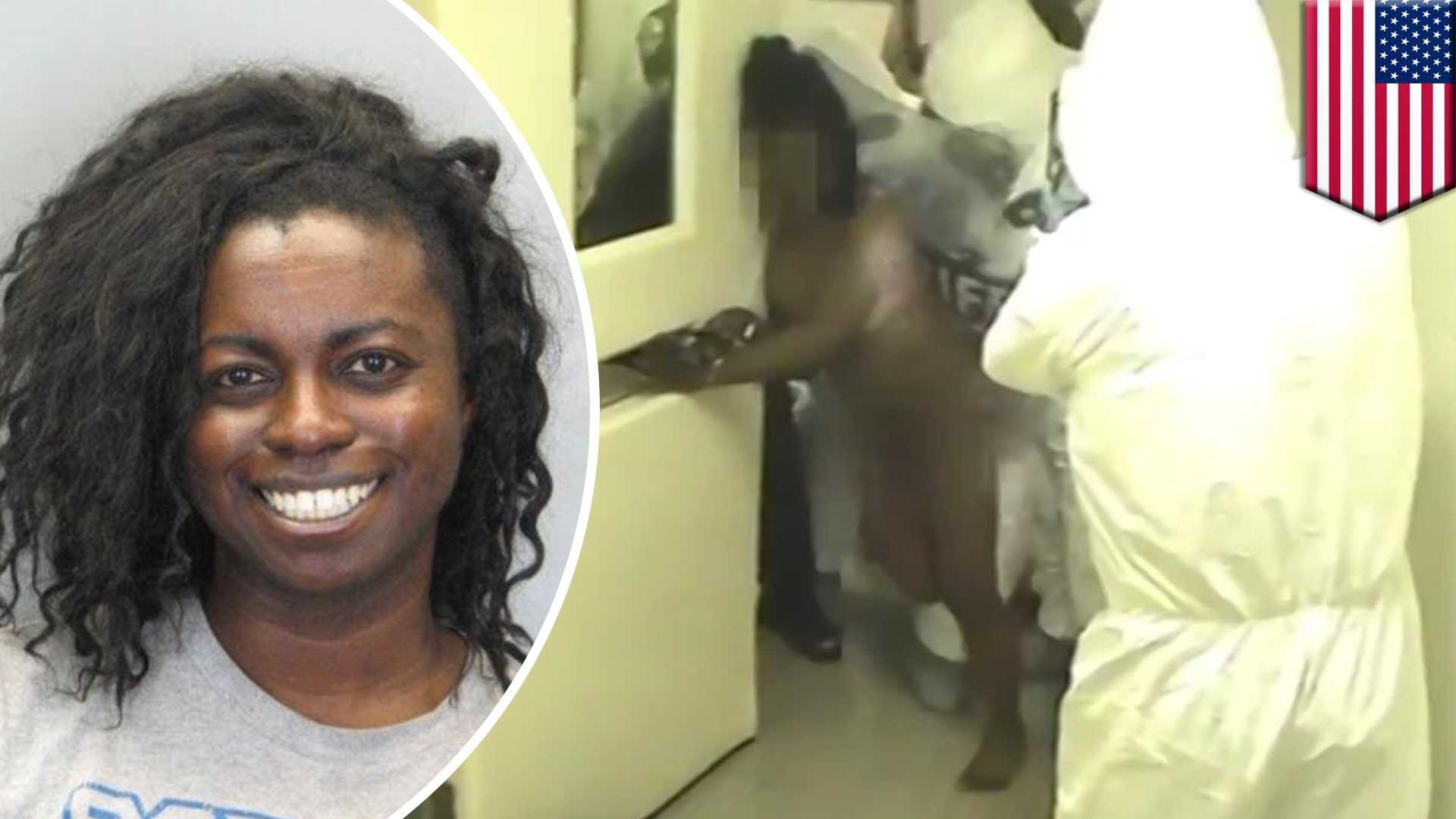
I had lunch Monday with Senate Majority Whip John Cornyn (R-Tx) who has introduced the Mental Health and Safe Communities Act, which will fund mental health courts and crisis intervention team training, among other things. (More about that bill in future blogs.) On Friday, I will be speaking at a morning conference on Capitol Hill sponsored by House Majority Whip Steve Scalise (R-La.) entitled Addressing Over-incarceration of the Seriously Mentally Ill As Part of Criminal Justice Reform.
In a press release, Rep. Tim Murphy (R-Pa.) whose Helping Families in Mental Health Crisis Act, is awaiting further markup, noted that House Speaker Paul D. Ryan (R-Wi) said Sunday during an interview on 60 Minutes that our mental health system needs attention.
“The other issue we need to take a look at, and I’m pushing this in the Commerce committee, is Congressman Murphy’s legislation on mental health,” said Ryan. “I think we need to improve our mental health laws so we can address these problems before they get out of control because mental health is a component of these shootings that I think we have not looked at seriously enough. So I think that’s an area that we’re going to be taking a deep look at. We’re moving legislation right now in the House Commerce committee.”
Clearly, mental health reform is an issue on our elected leaders’ minds, spurred partially because of front page news stories such as this one, which my alma mater, The Washington Post, printed today.
How one of the nation’s most promising basketball players became homeless
By Terrence McCoy, The Washington Post
On a summer day in 2012, a basketball superstar walked into Jimmy John’s in downtown Washington just as employees were attempting to kick out a homeless woman. Chamique Holdsclaw, who was drafted first overall in 1999 by the Washington Mystics and played in six all-star games, tried to ignore the commotion until she suddenly became part of it.








